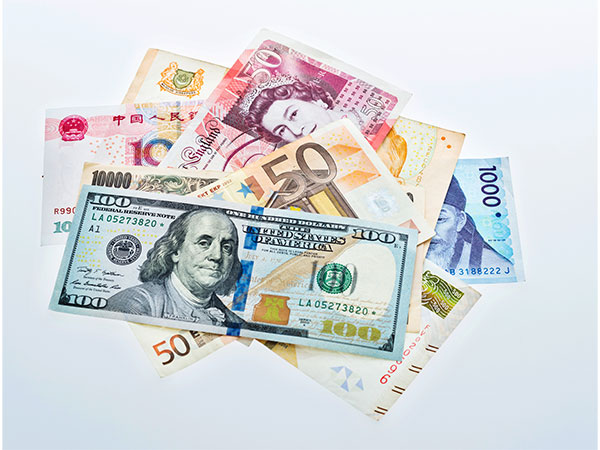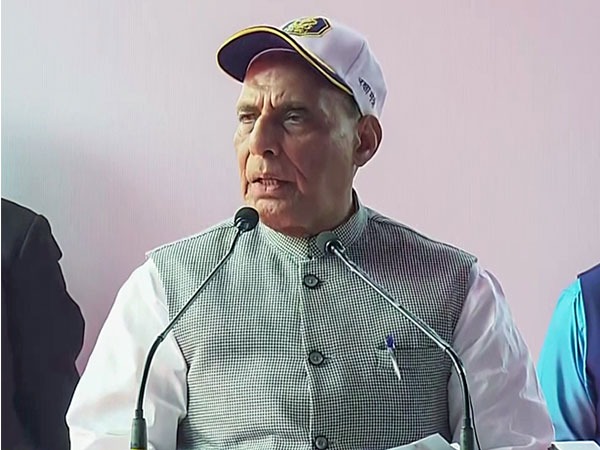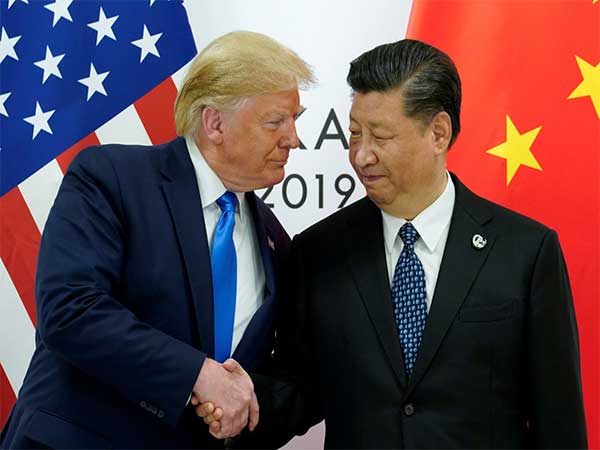
New Delhi [India], September 25 (ANI): Foreign portfolio investors (FPIs) have continued to remain net buyers in Indian equity markets for three consecutive months now. So far in September, FPIs bought Rs 8,638 crore worth of equities in India, the latest data available with National Securities Depository showed.
In July and August, they infused Rs 4,989 crore and Rs 51,204 crore, respectively. September 2021 was the last time when foreign investors were net buyers. Till early July, foreign portfolio investors (FPIs) had been selling equities in the Indian markets due to various reasons, including tightening of monetary policy in advanced economies, rising demand for dollar-denominated commodities, and strength in the US dollar index, which triggered a consistent outflow of funds from Indian markets. Investors typically prefer stable markets in times of high volatility.
Further, consistent depreciation of the rupee as well as depleting Indian foreign exchange reserves too had a bearing on the weak foreign investment sentiments. India’s forex reserves have been depleting for months now on account of RBI’s likely intervention in the market to defend the depreciating rupee coupled with strong demand for dollars in order to settle import trade.
For the record, FPIs have pulled out Rs 152,527 crore worth of equity assets so far in 2022 on a cumulative basis, NSDL data showed. That said, the latest return of foreign investments coupled with global inflation seeming to have plateaued helped Indian equity markets to rally during the past month or so and helped in recovering almost the entire losses the investors incurred so far in 2022.
However, the week that ended on Friday was weak for stocks on account of further tightening of monetary policy in the US, which triggered a massive sell-off. Just on Friday itself, the benchmark indices, Sensex and Nifty, slumped by nearly two per cent, leading to an erosion of over Rs 4 lakh crore of investors’ wealth after the US Federal Reserve signaled an aggressive increase in interest rate to control inflation.
The US central bank seeks to achieve inflation at the rate of 2 per cent over the long run and it anticipates that the ongoing hikes in the interest rates will be appropriate. Raising interest rates is a monetary policy instrument that typically helps suppress demand in the economy, thereby helping the inflation rate decline.
For the record, consumer inflation in the US though declined marginally in August to 8.3 per cent from 8.5 per cent in July but is way above the 2 per cent goal. (ANI)
















